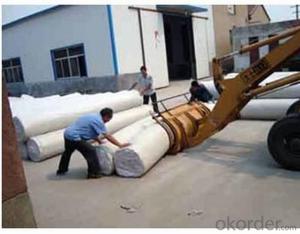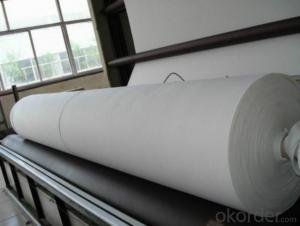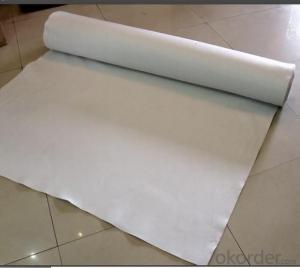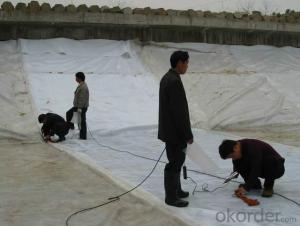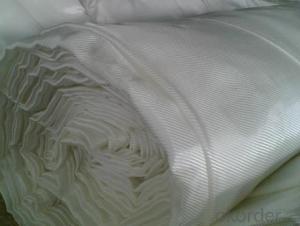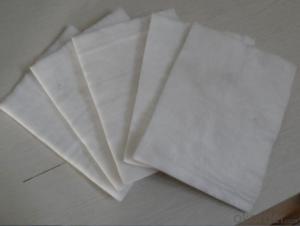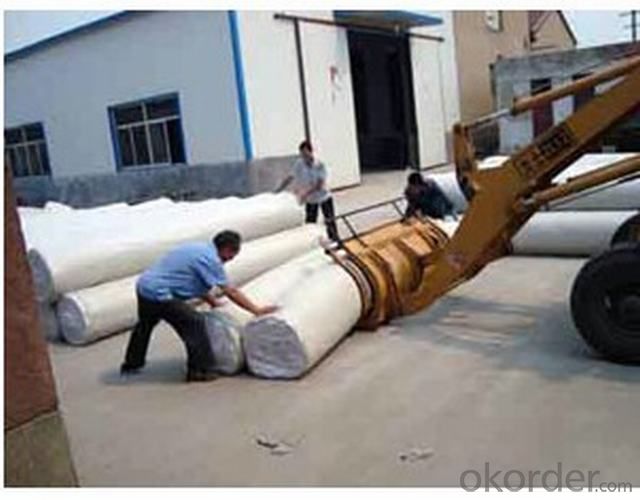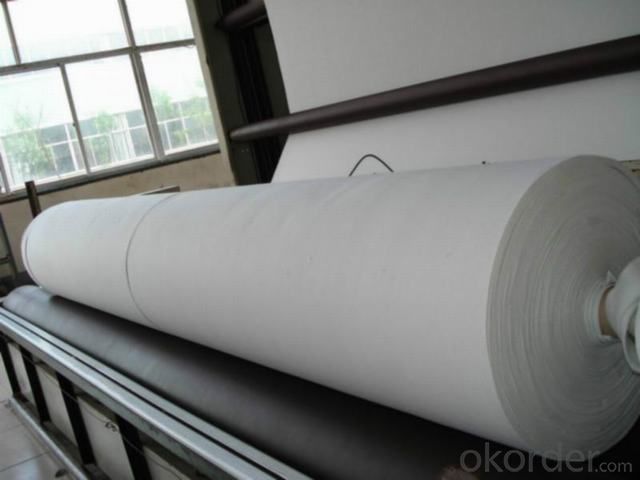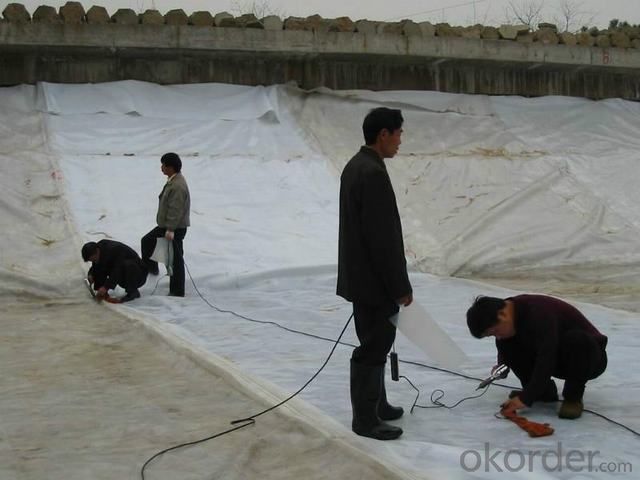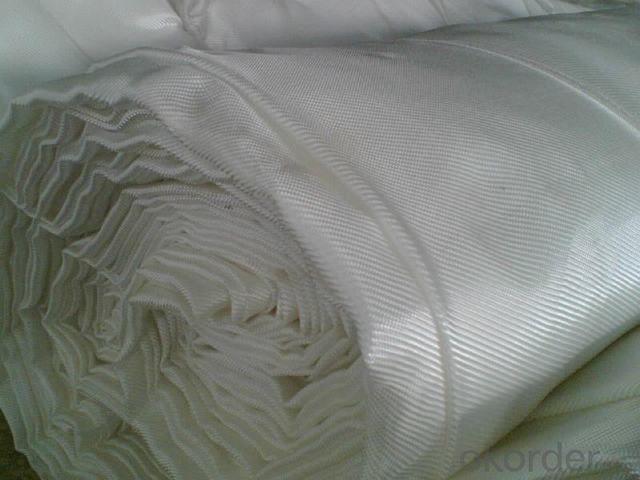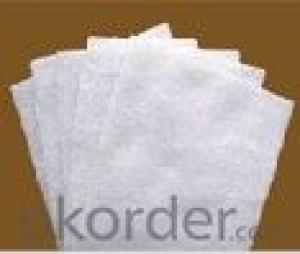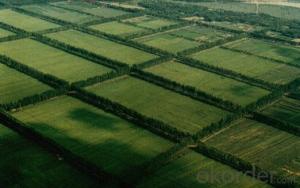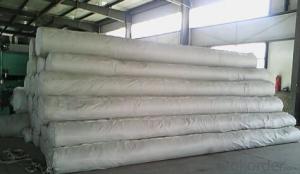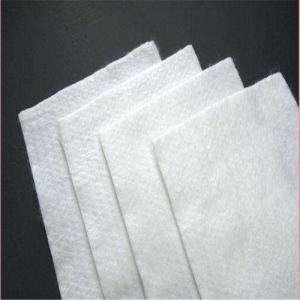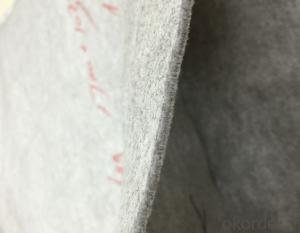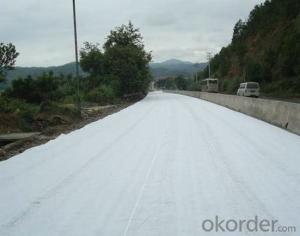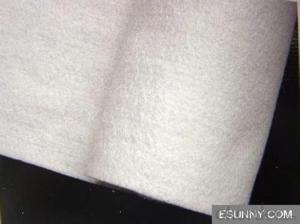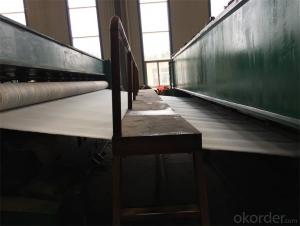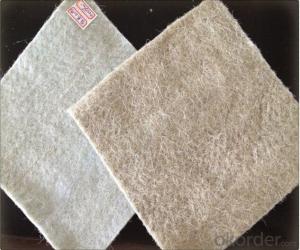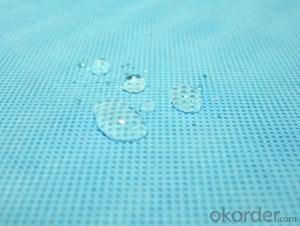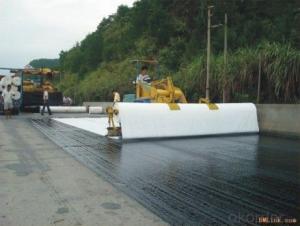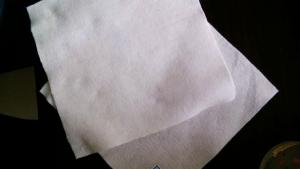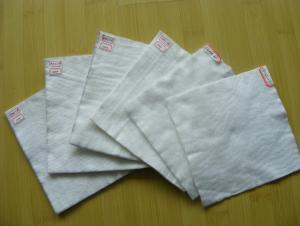Pet Geotextile - Excellent PP Woven Geotextile for Road Engineering
- Loading Port:
- Qingdao
- Payment Terms:
- TT or LC
- Min Order Qty:
- 20000 m²
- Supply Capability:
- 1500000 m²/month
OKorder Service Pledge
OKorder Financial Service
You Might Also Like
1. Specifications of PP Woven Geotextile for Road Construction
1) Weight / Mass: 75g/m2-800g/m2 .
2) Width: Within 8 m (1m-8m).
3) Length: 50m-100m/roll (as request).
4) Material: PP/PET.
5) Color: Black , white , grey, others
6) Certificate: CE/ISO9001, ISO14001 .
7) Manufacturing method: nonwoven / woven.
8) The equipment is introduced from Germany.
9) This geotextile can be made of polypropylene (PP), or polyester (PET), Polyvinyl or synthetic fiber on needle punch machine.
10) The mass is available from 75g/m² to 800g/m² and the width available from 1.0m-8m, monolayer or multilayer (reinforcement geotextiles), long fiber or short fiber.
11) Color: all kinds of color are available. The annual production ability is 10 million square meters.
12) The fabric can also be heat treated by infrared at customer's requirements. Our geotextile are UV stabilized to give protection against aging under exposure to natural ultra-violet light.
2. Introduction of PP Woven Geotextile for Road Construction
Geotextiles are composed from synthetic polypropylene/polyester fibres through a mechanical process of needling the fabric and adding, when necessary, a thermo fused process, resulting in a uniform porous structure with excellent tensile strength and chemical deterioration. Type: 1. Wovens & knitted: use various fibre types (e.g. monofilament, multi-filament, split extruded film) in different combinations. 2. Non-wovens: staple or continuous fibres that are heat treated or needlepunched to “fix” fibres relative to each other.
FAQ:
What is the main application of PP Woven Geotextile for Road Construction?
The main application of our PP Woven Geotextile for Road Construction
is as follows: The highway, railway, soil-stone dam, breakwater, airport, backfill soil of retaining wall, slope protection, etc.
Where is your main market?
Our main market is in Middle East, South America and some African countries.
What is your advantages for PP Woven Geotextile for Road Construction?
One of the largest manufacturer of Needle Punched Nonwoven Geotextile for Highway Construction with advanced equipment, big production capacity and excellent quality.
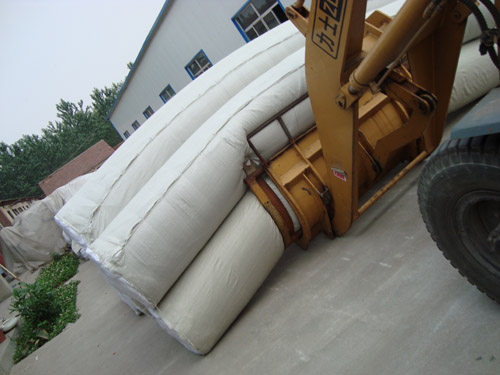
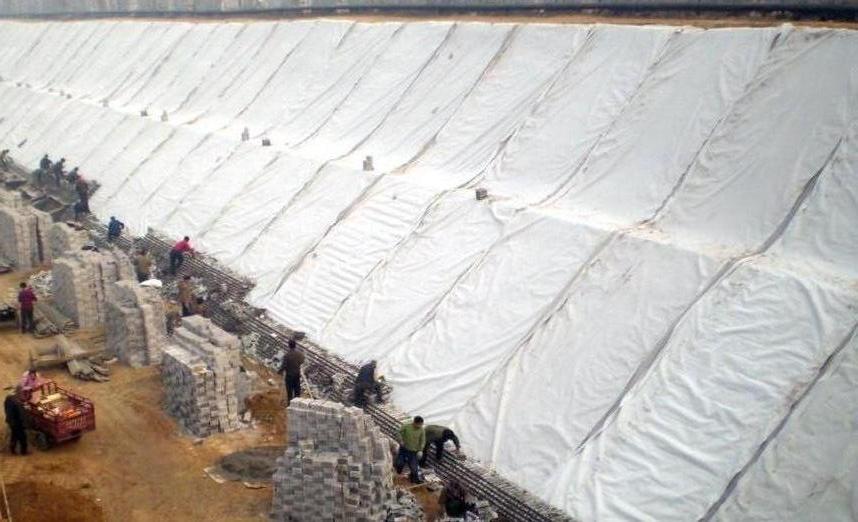
This Geotextile Fabric 101 guide contains some tips that you should know before buying. When it's time to do some landscaping or build an addition to your house, preparing the soil is an important first step. You don't want weeds, vines or even excess water to get in and contaminate your project. One very popular way to solve this challenge is by using long sheets of geotextile fabric materials. They are made with special properties that will serve to protect the investment you make in your landscaping or construction project for many years. Geotextiles are fairly straightforward, but it is important to know what they are and what features they offer before making any kind of buying decision.
What is a Geotextile Fabric?
Geotextiles are simple and permeable sheets of fabric which come in rolls and can be rolled out on the ground when a barrier is needed. These sheets are made of a special fabric that has special characteristics for your landscaping or construction needs. For example, one feature is that they help separate sections of your soil by acting as a barrier between the deeper areas and the surface (where your plants or other project arrangements are located). They can block out unwanted weeds and growth from coming to the surface and still allow drainage of excess water that you don't want in the area. The main benefits of such a fabric are that: i) your plants and landscaping won't suffer from unfair competition posed by weeds and roots, and ii) the area won't become inundated with water. It's like an additional helpful hand for your garden or construction site. Geotextile fabrics can act in this way because they are typically composed of polypropylene or polyester materials.
How Much Do I Need?
Before going out to buy a geotextile fabric, you should determine exactly how much you need. Typically, it's best to lay down enough sheets to cover the whole surface area. Remember that these sheets are rolled up. While a single roll will correctly cover all of your project's length, you will need to use several rolls to cover the whole area. Also, it is a good rule of thumb to have about 15% of each sheet overlapping above the next sheet in order to prevent any holes or gaps in between. While small breaks or ruptures in the fabric aren't a big deal, you definitely want to avoid the formation of large holes because that allows room for weeds to grow through. And that defeats the whole purpose of using the geotextile fabric.
Another good thing to keep in mind is how dense you want the sheets to be. A denser layer means less water will be able to pass through and there will be less risk of having unwanted plants come through as well. However, this will cost more and may not be needed if you have soil that is already in good condition. You should consider and make your decision about this before you start researching the different types and prices.
Bottom Line
Overall, geotextile fabric is a great tool that you should use when doing landscaping and certain construction work. It can help you on many levels, such as preventing unwanted weeds and allowing proper water drainage. Just keep in mind the type of material you need, the quality and the number of rolls required and you'll be all set with your geotextile fabric needs.
- Q: How do geotextiles help in preventing differential settlement?
- Geotextiles help in preventing differential settlement by providing a stable base for the soil beneath structures. They distribute the load more evenly, reducing any differential movement that can cause settlement.
- Q: Are geotextiles commonly used in canal lining applications?
- Yes, geotextiles are commonly used in canal lining applications. They provide effective erosion control and filtration, preventing the loss of soil particles and maintaining the stability of canal embankments. Additionally, geotextiles can enhance drainage and reduce seepage, improving the overall performance and longevity of canal lining systems.
- Q: How do geotextiles help in preventing soil liquefaction?
- Geotextiles help in preventing soil liquefaction by providing stability and reinforcement to the soil. They act as a barrier and restrict the movement of soil particles, thereby reducing the potential for liquefaction. Additionally, geotextiles enhance the drainage capacity of the soil, allowing water to flow through and preventing the buildup of excess pore pressure, which is a major factor leading to liquefaction.
- Q: What is the length of the lap in the geotextile in the tunnel?
- General 20cm can be, I produce geotextile materials
- Q: How do geotextiles improve the performance of tunnels?
- Geotextiles improve the performance of tunnels by providing reinforcement, drainage, and filtration functions. They help to enhance the stability of the tunnel lining by acting as a reinforcement layer, preventing soil movement and reducing the risk of settlement. Additionally, geotextiles allow for effective drainage of water, preventing water accumulation that could lead to structural damage or deterioration. They also act as a filtration layer, preventing the migration of fine soil particles into the drainage system, thus maintaining its efficiency. Overall, geotextiles play a crucial role in enhancing the durability, safety, and longevity of tunnels.
- Q: What are the experiments required for earthwork dam geotextiles
- The first thing to do is the "unit area quality" and "thickness", followed by "breaking strength", breaking elongation "," CBR broken strength ", and tear strength. Huazhi geotextile for your answer
- Q: Are geotextiles resistant to fire?
- No, geotextiles are not naturally resistant to fire.
- Q: Green belt with no cloth a film seepage geotextile cloth how
- The water will be missed, the general green belt does not require the use of two cloth a film, according to design requirements it
- Q: How do geotextiles help with groundwater protection?
- Geotextiles function as a barrier or filter that helps protect groundwater by preventing the infiltration of contaminants into the underground water sources. They aid in separating different layers of soil and preventing the mixing of pollutants with the groundwater, thereby safeguarding the quality and purity of water resources.
- Q: Can geotextiles be used in underground drainage systems?
- Yes, geotextiles can be used in underground drainage systems. Geotextiles are often used as a filter and separator in these systems to prevent the migration of fine particles and to enhance the overall performance and longevity of the drainage system.
Send your message to us
Pet Geotextile - Excellent PP Woven Geotextile for Road Engineering
- Loading Port:
- Qingdao
- Payment Terms:
- TT or LC
- Min Order Qty:
- 20000 m²
- Supply Capability:
- 1500000 m²/month
OKorder Service Pledge
OKorder Financial Service
Similar products
Hot products
Hot Searches
Related keywords
